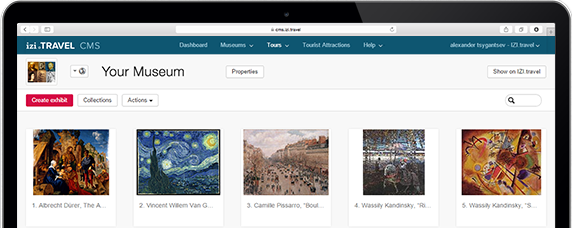Audiotour Come and discover Saint-Lizier
2 sights
- Audio-Tour Zusammenfassung
-
Audio-Tour Zusammenfassung
Saint-Lizier lies in the heart of the Pyrenees, around 100 kilometres south-west of Toulouse. Saint-Lizier is part of the Communauté de Communes Couserans Pyrénées (in Occitanie) and the PNR Pyrénées Ariégeoises. The town is nestled in a picturesque landscape, surrounded by mountains and green valleys. Saint-Lizier is steeped in history and boasts a rich architectural heritage.
The town is also a living reminder of the heyday of the pilgrimage to Santiago de Compostela, and a stage on the "Chemin du Piémont Pyrénéen" (GR78). Several of Saint-Lizier's monuments are listed as UNESCO World Heritage Sites on the Pilgrim's Way to Santiago de Compostela (for more information: www.cheminscompostelle-patrimoinemondial.fr).
The town is one of the Grands Sites Occitanie. Its many monuments bear witness to the city's rich historical past, and are a must-see.Historical background:
Until the 17th century, the town of Saint-Lizier was made up of two adjoining towns, each with its own cathedral, with a single bishop who was the direct lord of one half of the town, the other half lorded by the Count of Comminges, to whom it belonged. In 1655, Bishop Bernard de Marmiesse (bishop from 1654 to 1680) united the two towns into one. From then on, Saint-Lizier cathedral became a church. The cathedral of Notre-Dame-de-la-Sède remained in possession of the title until 1801 (77 successive bishops).
Legend has it that Saint-Lizier was founded by the Roman general Pompey on his return from Spain in 72 BC, in an area whose people were known as the Consorani-Consuarani (from which the word Couserans is derived). However, there is no evidence to support this illustrious foundation. It was probably a transposition of the model of the neighbouring Cité des Convènes, now known as Saint-Bertrand de Comminges. - 1 Land of Traces
- 2 18th century pharmacy
- 3 Saint-Lizier Cathedral
- 4 Palace of the Evèques + Notre-Dame-de-la-Sède
-
Audio-Tour Zusammenfassung
Saint-Lizier lies in the heart of the Pyrenees, around 100 kilometres south-west of Toulouse. Saint-Lizier is part of the Communauté de Communes Couserans Pyrénées (in Occitanie) and the PNR Pyrénées Ariégeoises. The town is nestled in a picturesque landscape, surrounded by mountains and green valleys. Saint-Lizier is steeped in history and boasts a rich architectural heritage.
The town is also a living reminder of the heyday of the pilgrimage to Santiago de Compostela, and a stage on the "Chemin du Piémont Pyrénéen" (GR78). Several of Saint-Lizier's monuments are listed as UNESCO World Heritage Sites on the Pilgrim's Way to Santiago de Compostela (for more information: www.cheminscompostelle-patrimoinemondial.fr).
The town is one of the Grands Sites Occitanie. Its many monuments bear witness to the city's rich historical past, and are a must-see.Historical background:
Until the 17th century, the town of Saint-Lizier was made up of two adjoining towns, each with its own cathedral, with a single bishop who was the direct lord of one half of the town, the other half lorded by the Count of Comminges, to whom it belonged. In 1655, Bishop Bernard de Marmiesse (bishop from 1654 to 1680) united the two towns into one. From then on, Saint-Lizier cathedral became a church. The cathedral of Notre-Dame-de-la-Sède remained in possession of the title until 1801 (77 successive bishops).
Legend has it that Saint-Lizier was founded by the Roman general Pompey on his return from Spain in 72 BC, in an area whose people were known as the Consorani-Consuarani (from which the word Couserans is derived). However, there is no evidence to support this illustrious foundation. It was probably a transposition of the model of the neighbouring Cité des Convènes, now known as Saint-Bertrand de Comminges.
Bewertungen
Kostenlose izi.TRAVEL-App herunterladen
Erstellen Sie Ihre eigenen Audio-Touren!
Die Verwendung des Systems und der mobilen Stadtführer-App ist kostenlos.

